Art Nouveau influenced European architecture and arts from 1890 to 1910. The buildings display curved lines, nature motifs, and decorative elements. This selection includes railway stations, baths, museums, villas, and townhouses in Barcelona, Paris, Budapest, Vienna, and other cities.
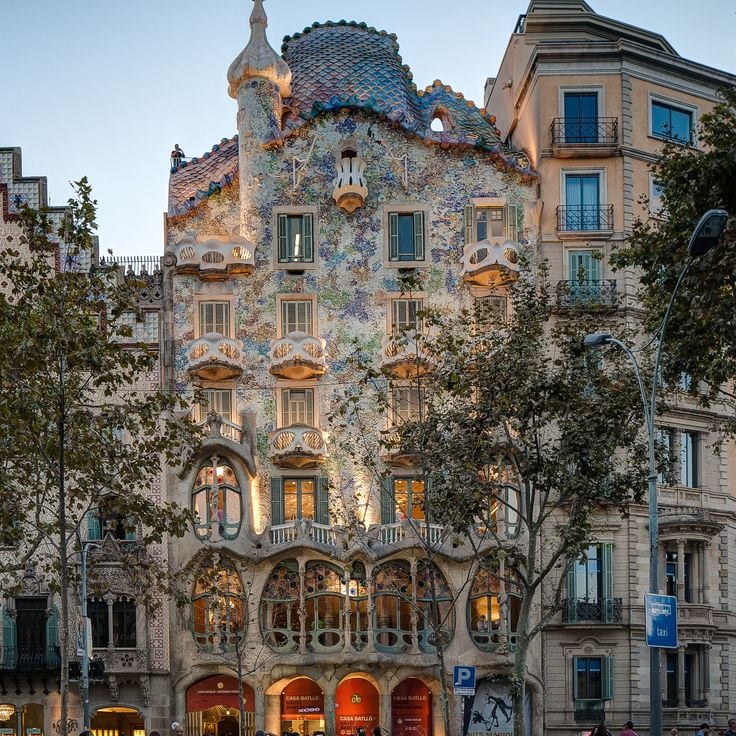
Barcelona, Spain
Residential building with a facade of colored ceramic tiles and curved stone forms, designed by Antoni Gaudí in 1904.
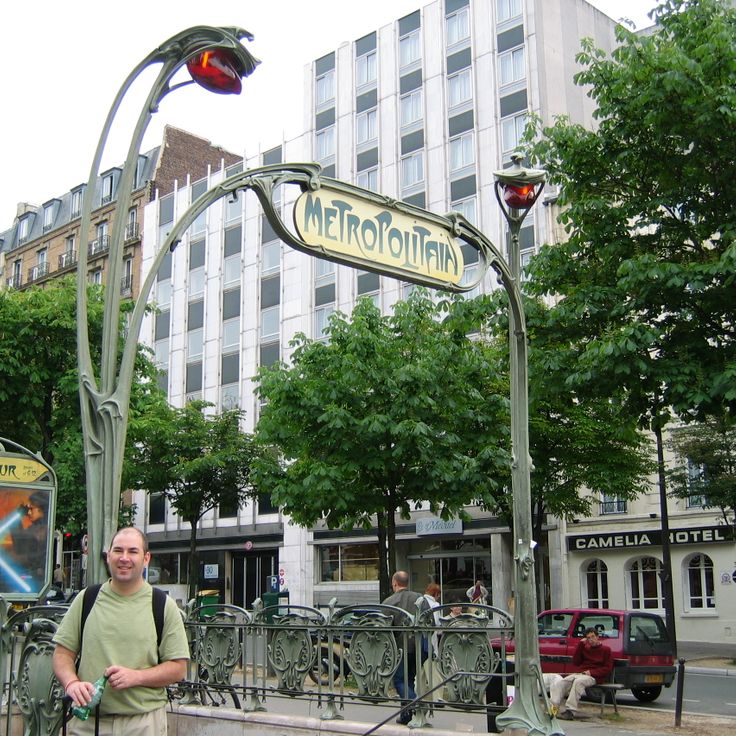
Paris, France
Metal entrance structures for the Paris subway, designed by Hector Guimard between 1900 and 1912.
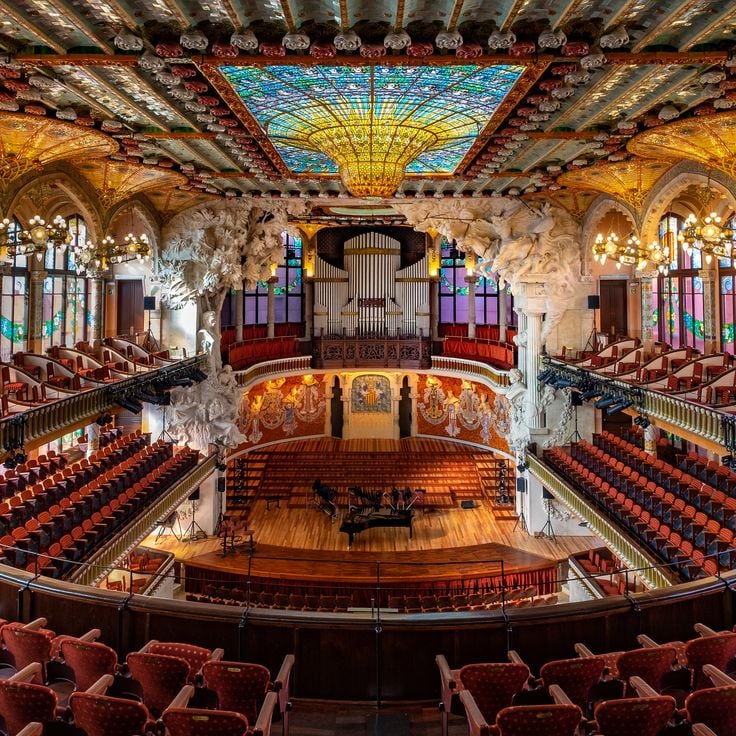
Barcelona, Spain
Concert hall built in 1908 by Lluís Domènech i Montaner featuring colored mosaics and stained glass windows.
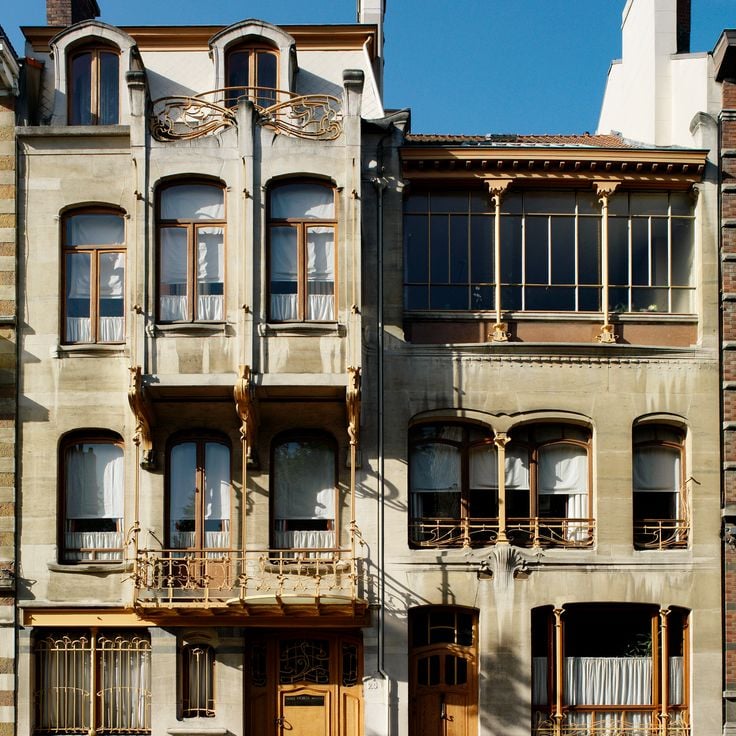
Brussels, Belgium
Private residence and workshop of Victor Horta from 1898 with original interior decoration and furniture.
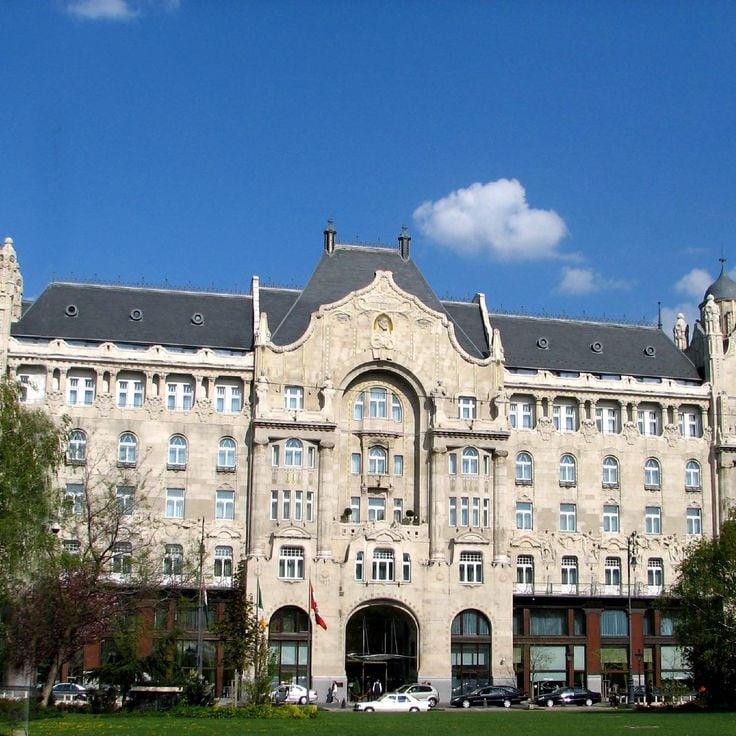
Budapest, Hungary
The palace, completed in 1906, features curved lines, floral ornaments and typical Art Nouveau elements on its facade.

Vienna, Austria
The building, designed by Otto Wagner in 1899, features a facade with floral ceramic decorations in pink and green.
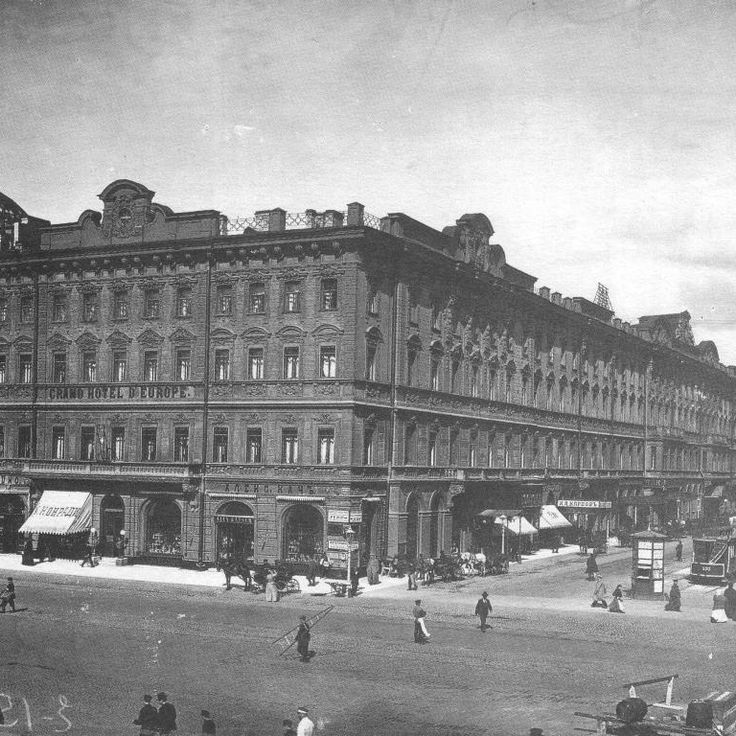
Prague, Czech Republic
The hotel, opened in 1889, combines Art Nouveau elements with classical columns and symmetrical forms of neoclassical architecture.
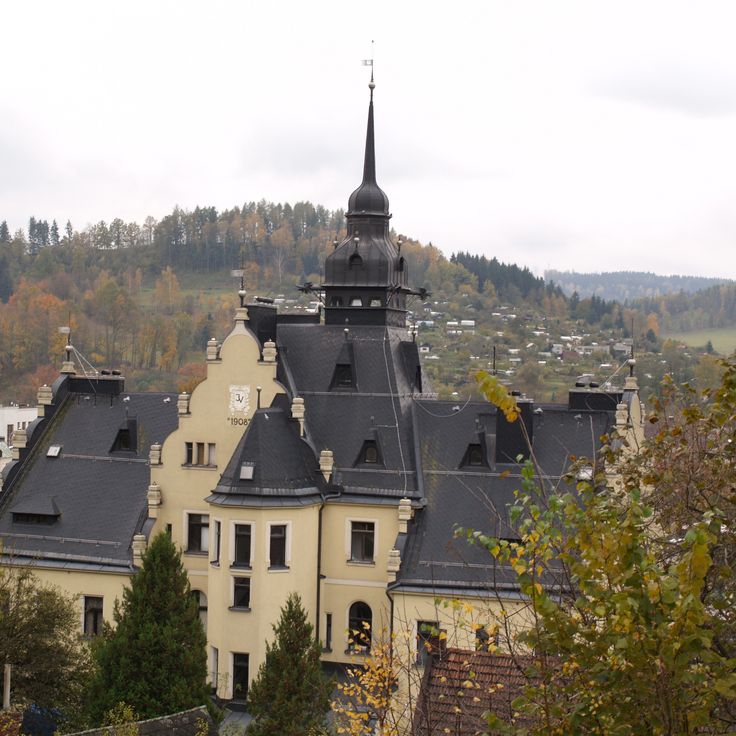
Prague, Czech Republic
The building, constructed in 1912, contains mosaics, frescoes and metalwork by Czech artists from the Art Nouveau period.
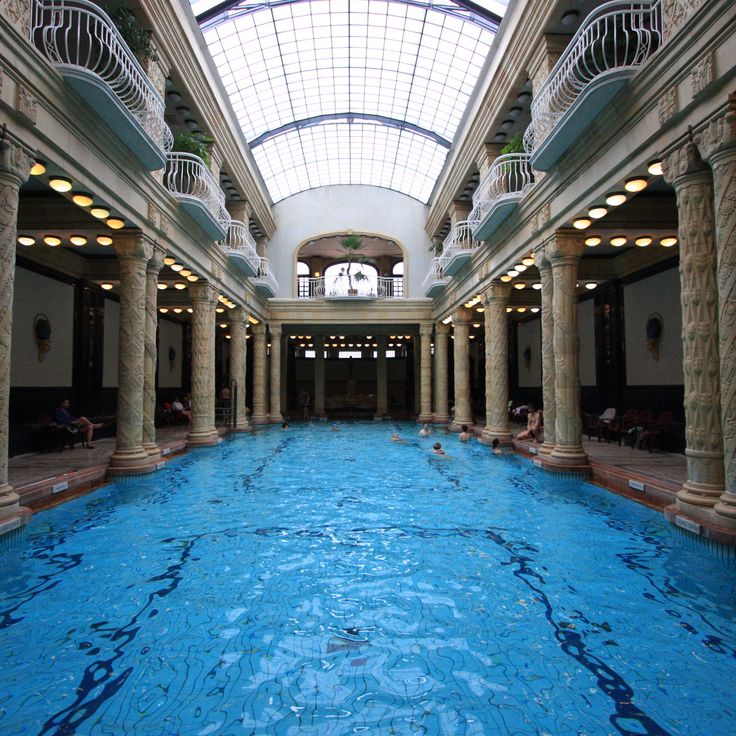
Budapest, Hungary
The 1918 thermal complex features ten pools with varying water temperatures in a building with glass roof.
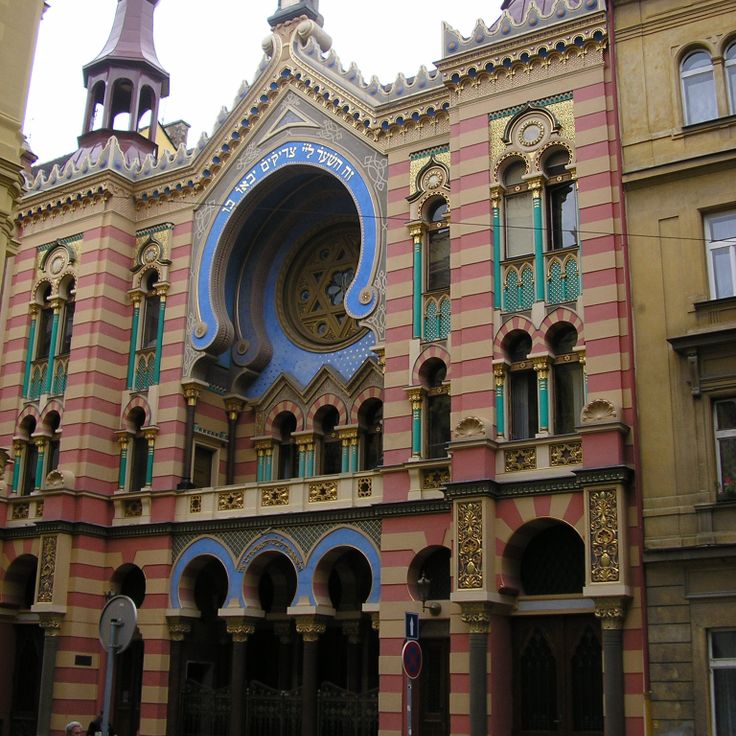
Prague, Czech Republic
The synagogue built in 1906 combines oriental elements with geometric patterns and colored glass windows.

Amsterdam, Netherlands
The 1916 building displays maritime motifs in stone, glass and wrought iron.
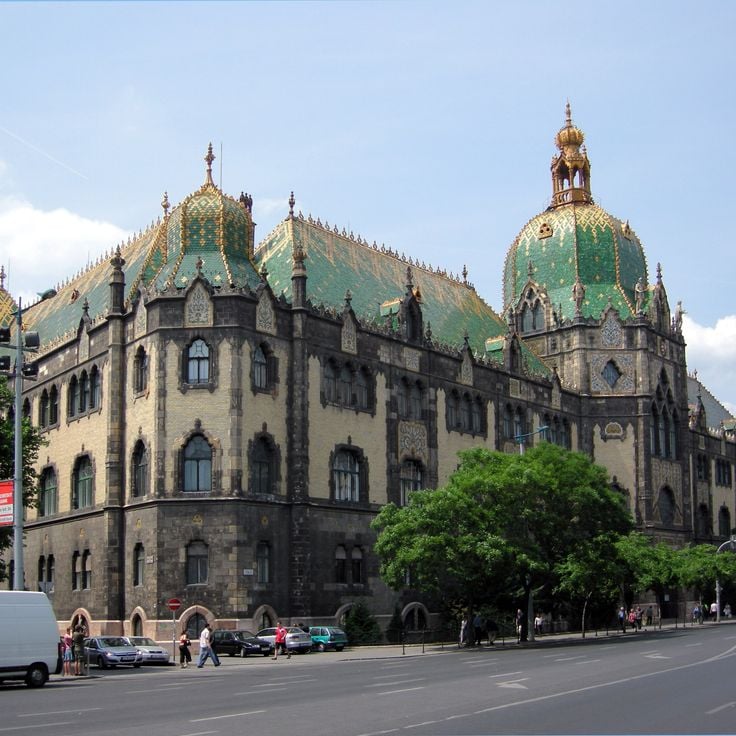
Budapest, Hungary
The museum opened in 1896 displays ceramics, textiles and furniture under a green tiled roof dome.
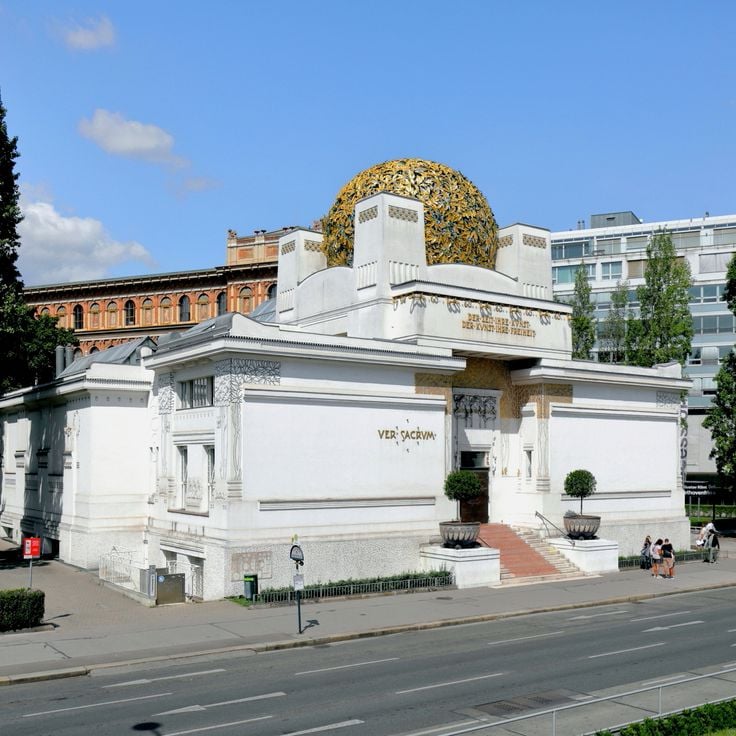
Vienna, Austria
The 1898 exhibition hall features a white facade with a gilded dome made of laurel leaves.
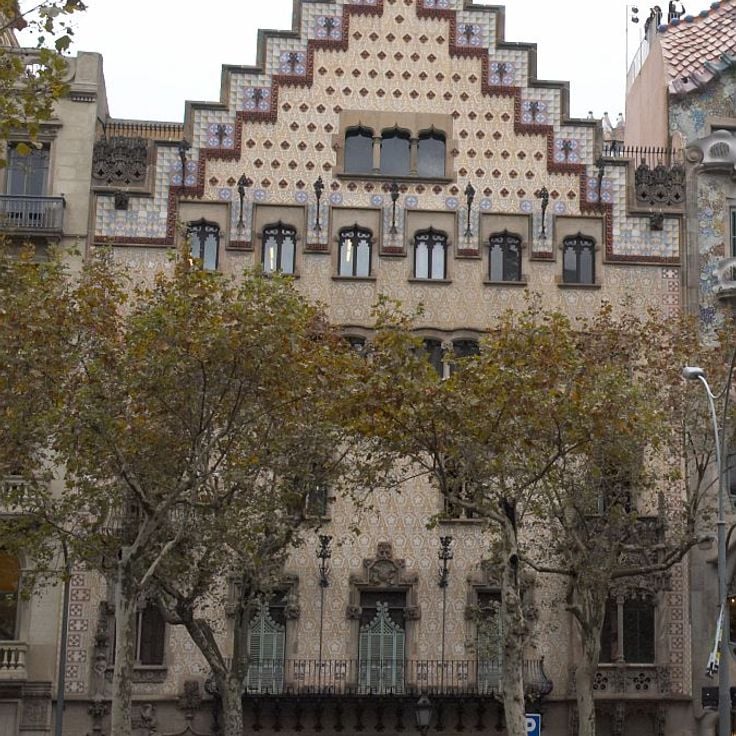
Barcelona, Spain
The 1900 residential building combines Gothic and Dutch architectural elements with Catalan ceramic decorations.
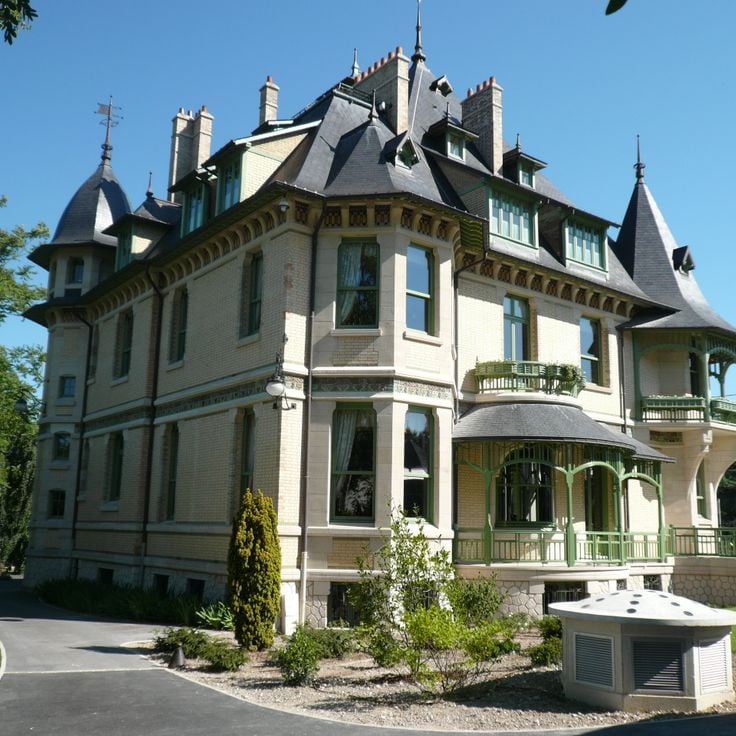
Reims, France
The 1908 villa displays geometric patterns and floral motifs on its facade and interior.

Helsingør, Denmark
The 1891 station combines Danish and French architectural elements with decorative ironwork.
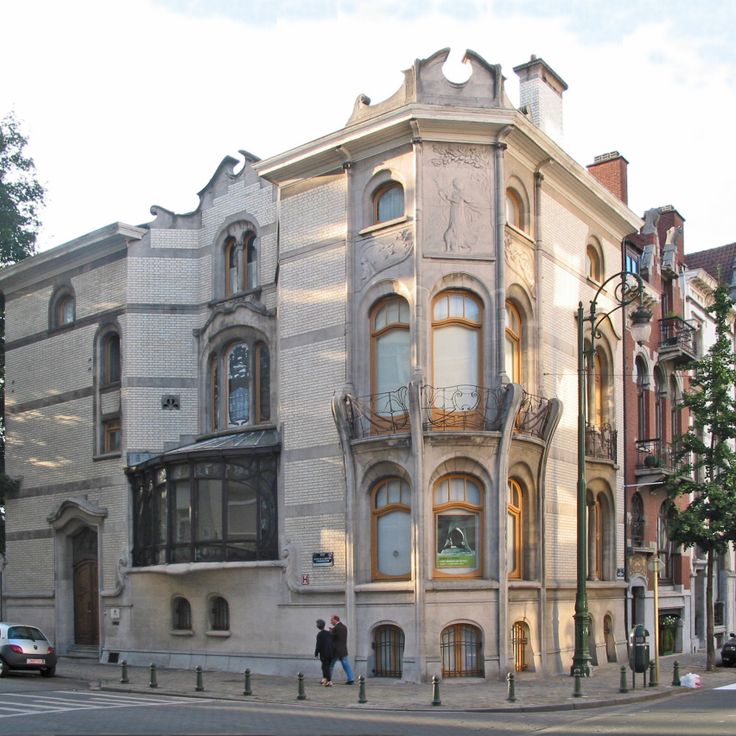
Brussels, Belgium
This 1902 villa features artistic stained glass and ironwork. The building now houses a photography exhibition.
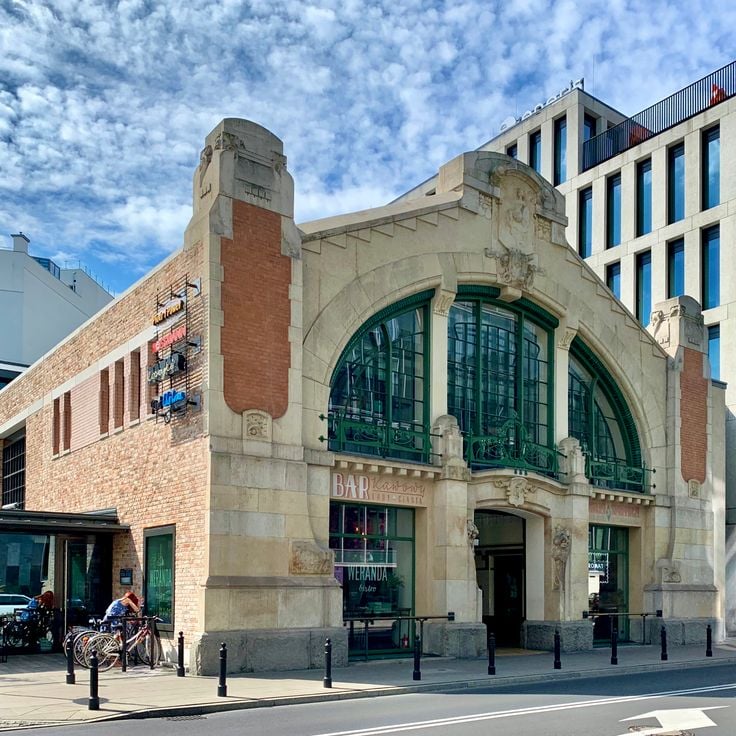
Wroclaw, Poland
This 1908 market building features vaulted arches and steel structures. The building still functions as a food market.
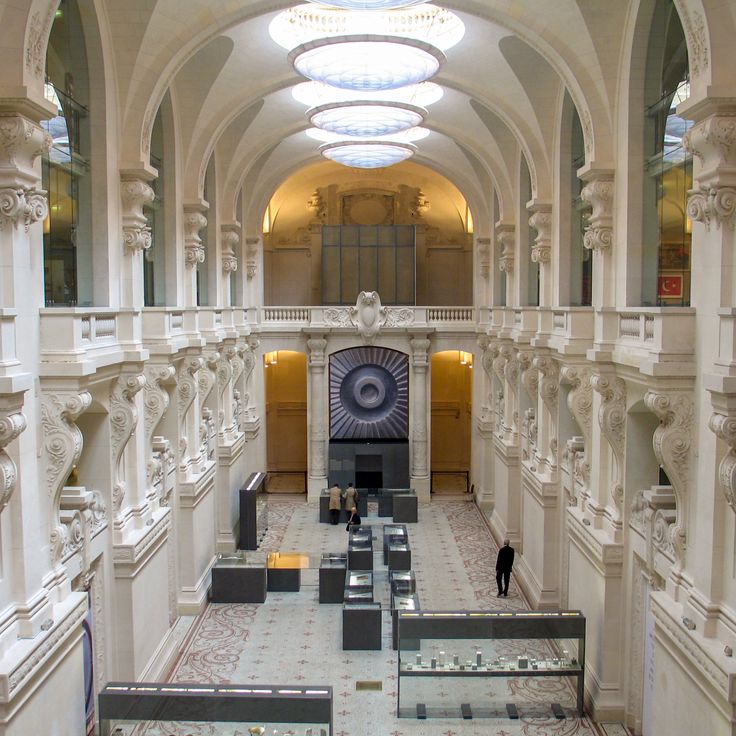
Paris, France
The museum displays furniture, textiles and ceramics from several centuries. The collection contains 150,000 objects of applied arts.
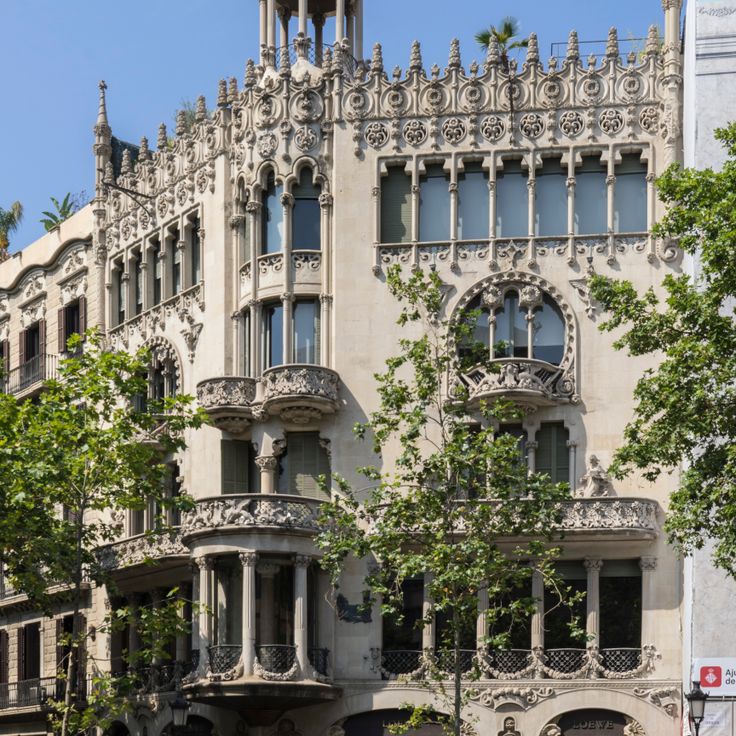
Barcelona, Spain
The 1905 renovated building contains stonework and mosaics. The facade displays floral patterns and sculptural elements.
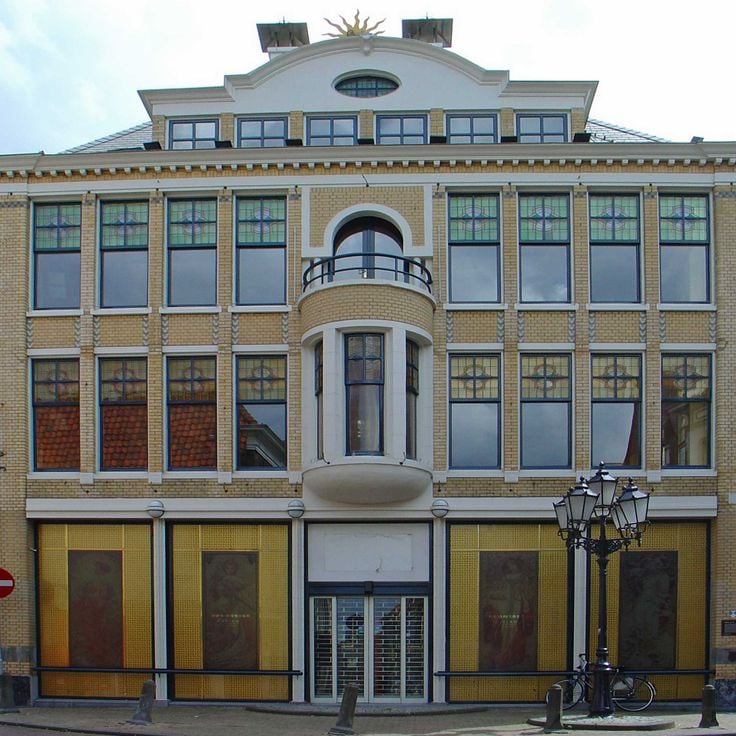
The Hague, Netherlands
Department store built in 1906 with geometric ornaments and large windows in Art Nouveau style, designed by Jan Willem Bosboom.
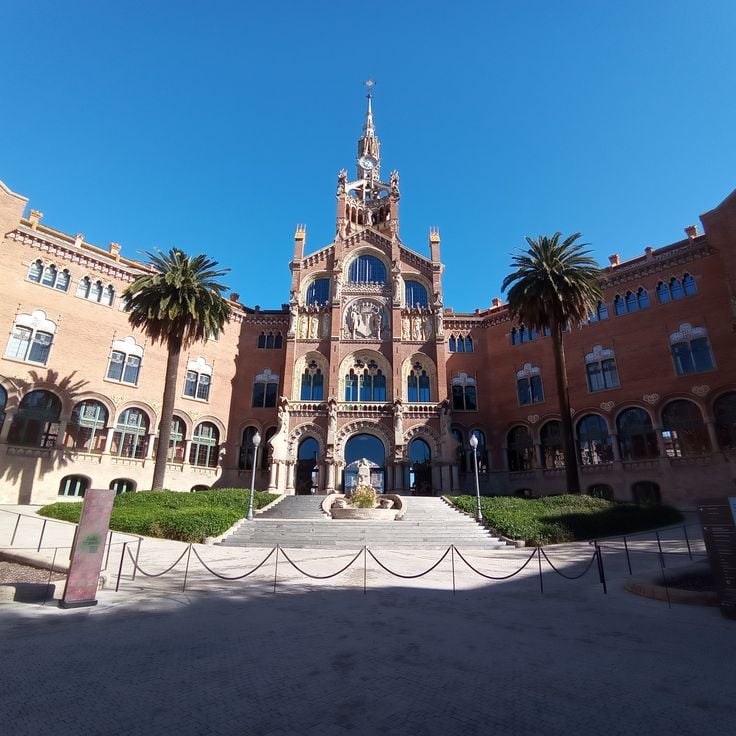
Barcelona, Spain
Hospital complex from early 20th century with colored ceramic tiles, stained glass windows and architectural details by Lluís Domènech i Montaner.

Darmstadt, Germany
Residential building from 1901 with Vienna Secession elements and geometric decorations in the Mathildenhöhe artists colony.

Valencia, Spain
Bank building from 1903 with marble columns, bronze metalwork and floral ornaments in Spanish Art Nouveau style.
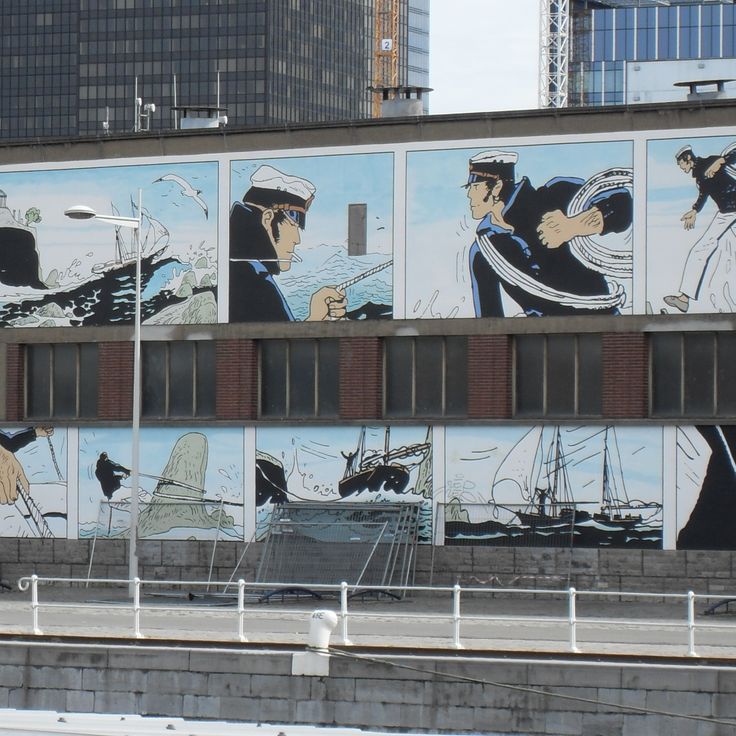
Brussels, Belgium
The Northern Quarter streets display large murals of Belgian comic characters painted on historical building facades.
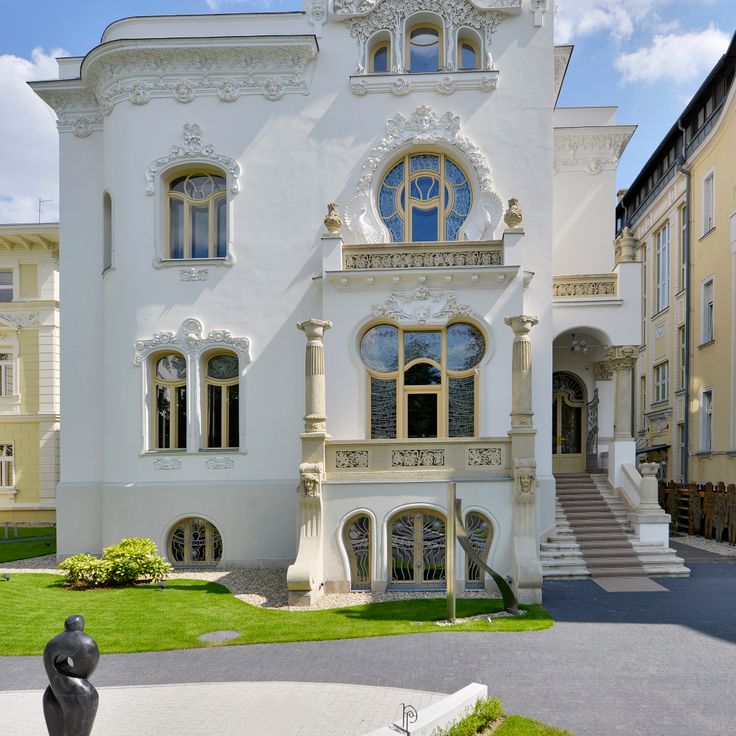
Kecskemét, Hungary
The 1902 villa features geometric patterns, floral ornaments and colored ceramic tiles in Hungarian Art Nouveau style.
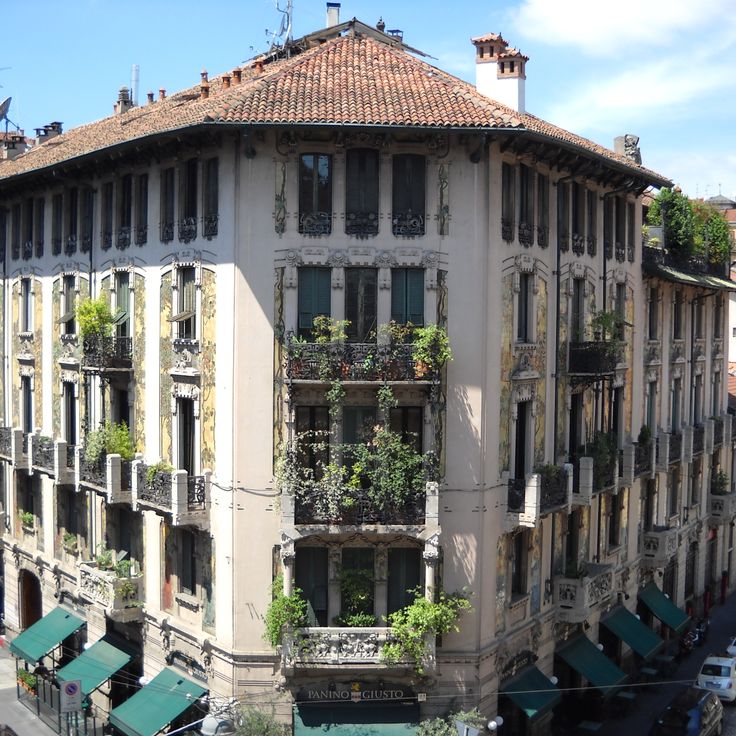
Milan, Italy
The 1905 building has a facade with floral ceramic decorations, wrought iron balconies and painted wall frescoes.
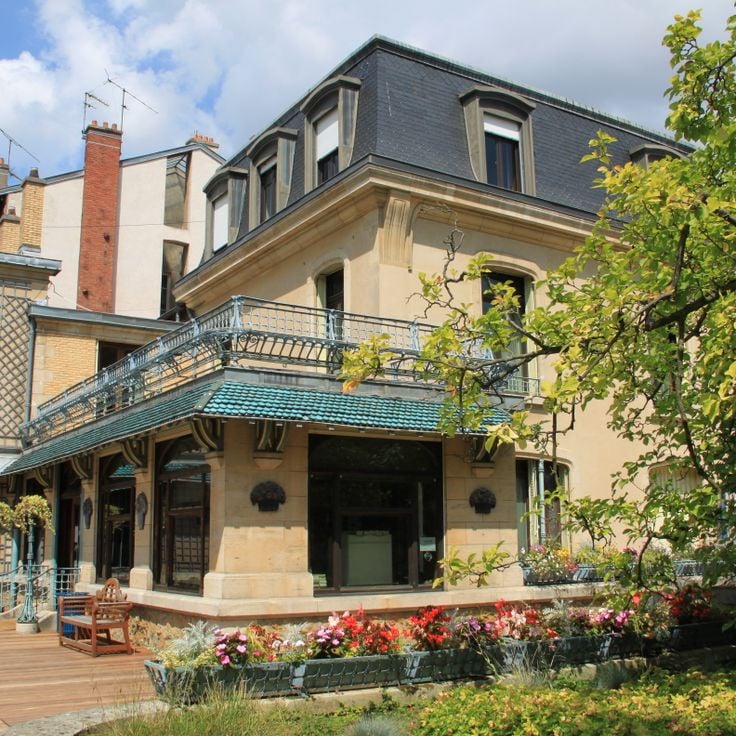
Nancy, France
The museum displays furniture, glasswork, ceramics and jewelry by French Art Nouveau artists from the Nancy region.
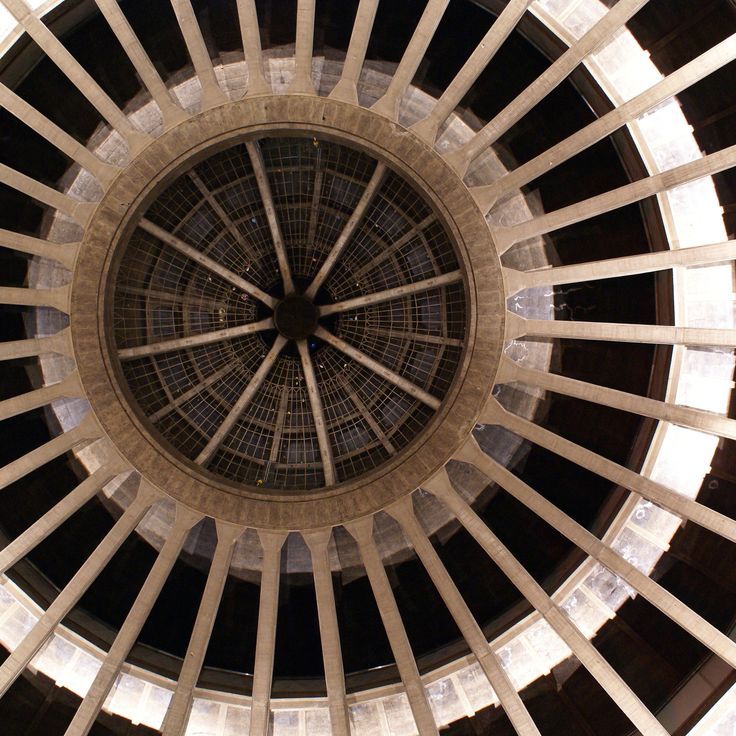
Wrocław, Poland
This 1913 concrete structure demonstrates innovative architecture with a dome span of 65 meters and accommodates 7000 people.

Barcelona, Spain
The complex includes horse stables, a riding hall, and a porter area with an iron dragon gate from 1884.

Oslo, Norway
The museum contains an original pharmacy from 1900 with decorative wood carvings and complete interior furnishings from the period.
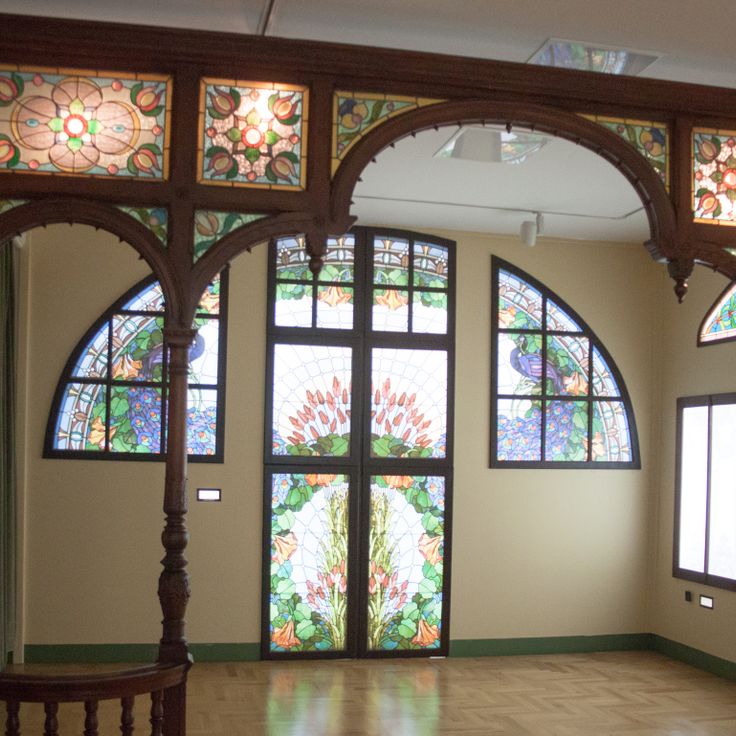
Budapest, Hungary
A museum containing original pieces, tools and glass artworks by the Hungarian glass master from the early 20th century.
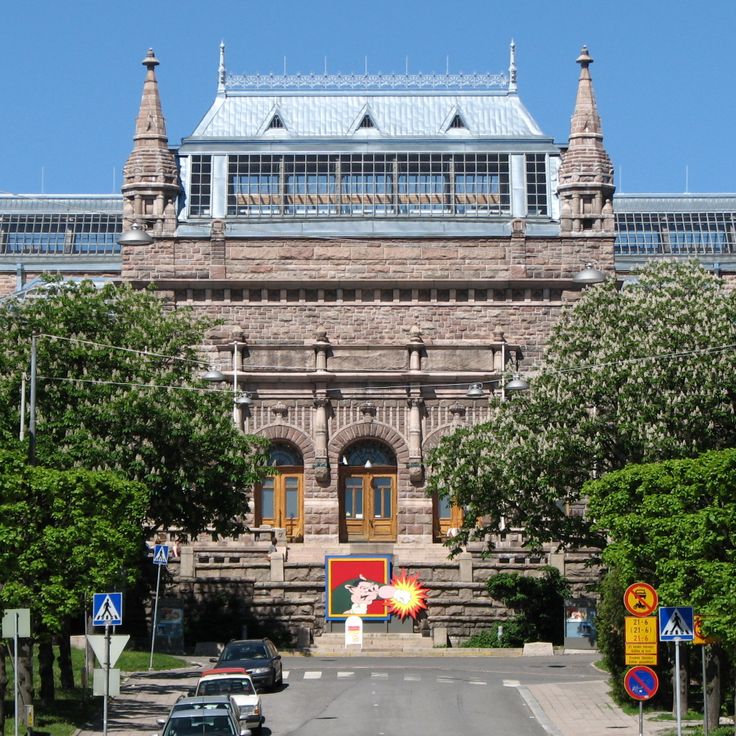
Turku, Finland
The museum opened in 1904 displays Finnish art in a granite building with Art Nouveau elements and Nordic decorations.
































